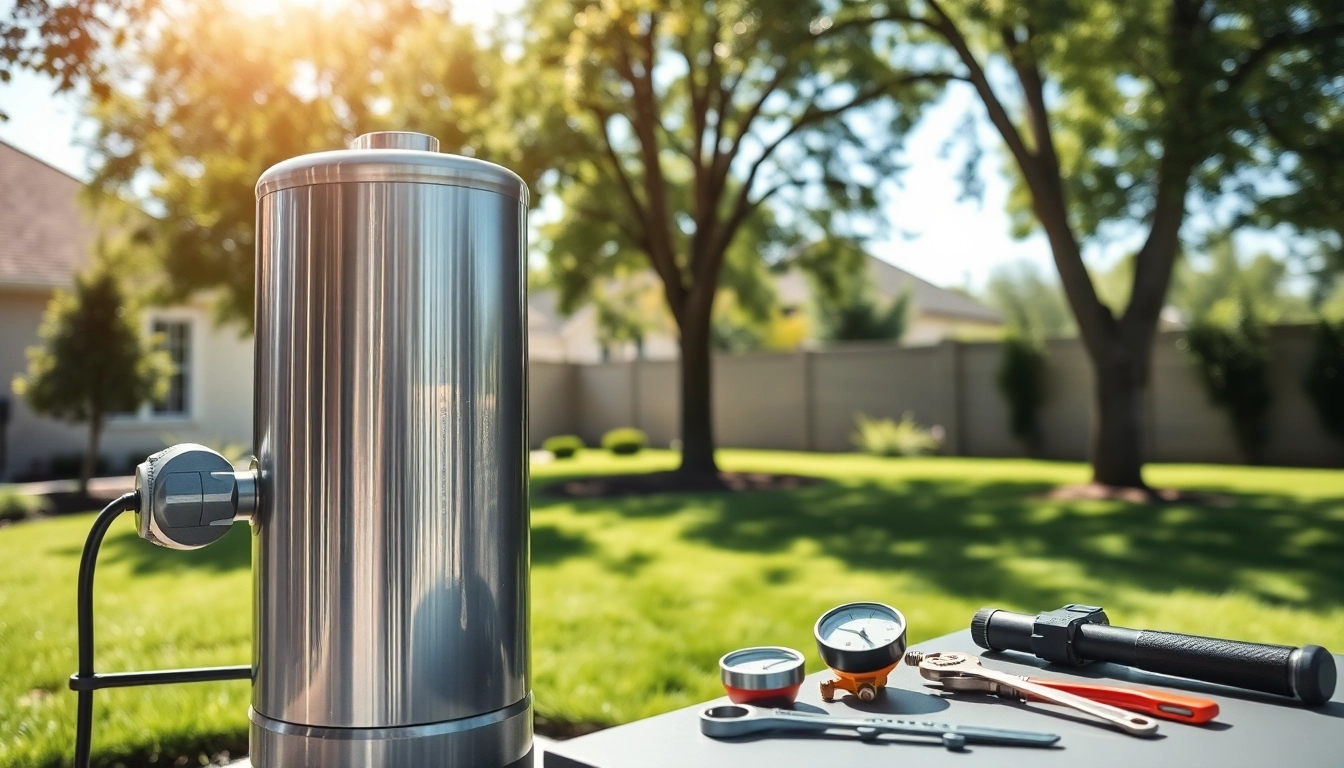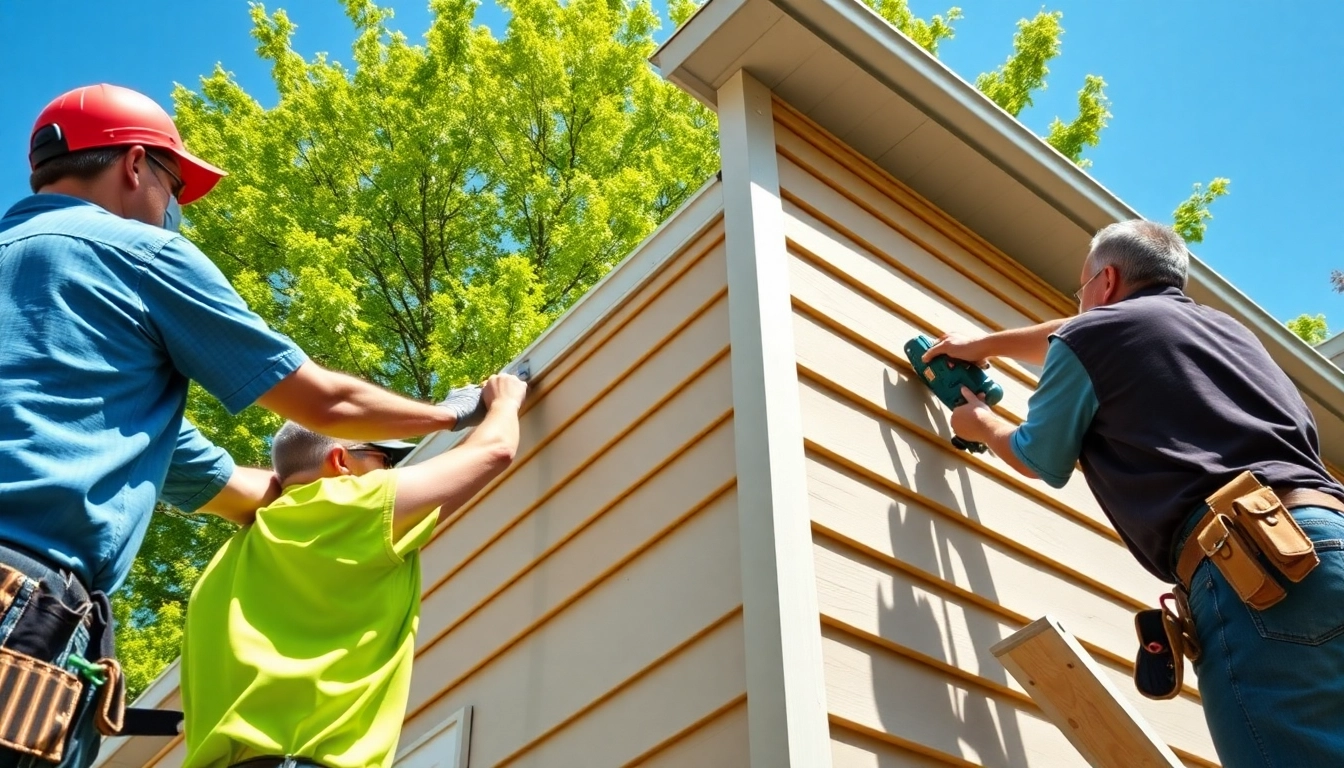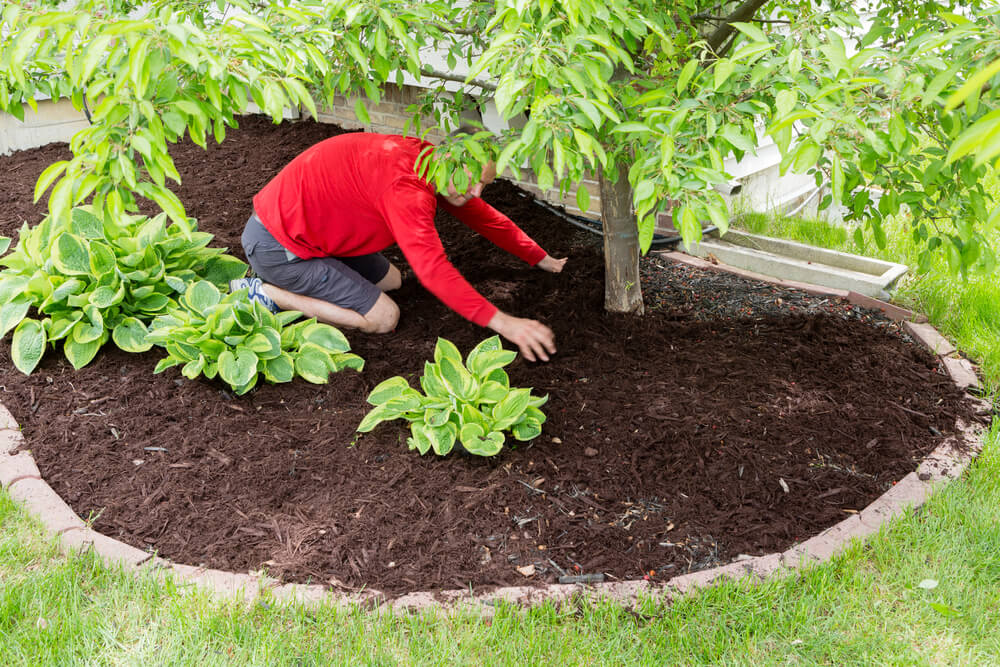Introduction to Well Pump Replacement
When it comes to ensuring a reliable water supply for your home or business, understanding the nuances of well pump replacement is critical. Well pumps are the lifeline of countless residential areas, particularly in regions dependent on groundwater. As with many crucial systems in our homes, the performance and longevity of a well pump can determine not only convenience but also overall water quality and pressure. This article aims to present a comprehensive overview of well pump replacement, from why it matters to the intricate details of the replacement process.
What is a Well Pump Replacement?
A well pump replacement refers to the process of removing an existing well pump and installing a new one. This can involve submersible, jet, and several other types of pumps, depending on your specific needs and the characteristics of your well. The replacement often becomes necessary due to decreased performance, pump failure, or obsolescence. Understanding the key elements of this process is vital for homeowners to make informed decisions.
Why Well Pump Replacement Matters
The importance of well pump replacement cannot be overstated. A malfunctioning or outdated pump can lead to significant issues, including:
- Inadequate water supply due to poor pump performance.
- Increased energy bills from inefficiency.
- Potential water contamination from older models.
- Increased repair costs as older pumps tend to fail more frequently.
Replacing a well pump is often more cost-effective than managing ongoing repairs, especially as technology advances. New pumps are typically more efficient and reliable, which ultimately contributes to lower energy costs and a more consistent water supply.
Signs You Need a Well Pump Replacement
Recognizing when a well pump needs replacement is crucial for maintaining your water supply and home comfort. Common signs include:
- Decreased Water Pressure: If your water pressure has significantly dropped, it may indicate that your pump is struggling to perform its function.
- Strange Noises: Unusual sounds, such as grinding or buzzing, can suggest that the pump’s motor is failing.
- Frequent Cycling: If the pump frequently turns on and off, it could be a sign of a malfunctioning pressure switch or other internal issues.
- Increased Energy Bills: A sudden spike in your electricity costs can indicate that your pump is working harder than it should.
- Age of the Pump: Pumps typically last 10-15 years. If your pump is approaching or has surpassed this age, it may be time to consider a replacement.
Types of Well Pumps and Their Applications
Familiarity with the types of well pumps available is vital for an informed replacement decision. Each type has its applications and advantages:
Submersible Well Pumps
Submersible pumps are placed underwater and push water to the surface using a motor located above the pump. They are highly efficient and suitable for deep wells. Commonly used in residential settings, they provide consistent water delivery and are less prone to pump cavitation, a condition that can lead to pump damage.
Jet Well Pumps
Jet pumps function by creating a vacuum to draw water from a well. Typically installed above ground, they are more effective in shallow water sources. While jet pumps are often easier to service, they are less efficient than submersible pumps and can struggle with deep well applications.
Factors in Choosing the Right Pump
When selecting a well pump for replacement, consider:
- Well Depth: Measure your well depth to determine the appropriate pump type. Submersible pumps are more effective for deeper wells.
- Water Demand: Assess your household’s water usage to choose a pump that meets your flow and pressure requirements.
- Efficiency: Look for pumps with high-efficiency ratings to minimize energy costs.
- Quality and Durability: Invest in high-quality pumps to ensure longevity and reliability.
Understanding the Costs Involved in Well Pump Replacement
Getting a clear understanding of the costs associated with well pump replacement is essential for budgeting your project effectively.
Average Costs for Well Pump Replacement
The cost to replace a well pump can vary widely based on several factors, including the type of pump, labor costs, and the complexity of installation. On average, homeowners can expect to pay anywhere from $2,800 to $6,000, with most quotes falling around $4,000. Prices can also fluctuate based on regional labor rates and the specifics of your well condition.
DIY vs. Professional Replacement Costs
Many homeowners consider a DIY approach to save on labor costs. However, it’s essential to weigh the pros and cons. While a DIY installation may save money initially, it requires a solid understanding of plumbing and electrical systems. Mistakes can lead to costly damages or unsafe conditions. Professional installation can be more expensive upfront, but it ensures the job is done correctly and safely, ultimately saving money in the long run.
Hidden Costs to Consider
When budgeting for well pump replacement, be mindful of potential hidden costs:
- Permits: Depending on local regulations, you may need permits for pump installation.
- Upgrading Electrical Systems: Older homes may need electrical upgrades to accommodate new pump requirements.
- Additional Repairs: If your well has existing issues, such as a faulty pressure tank or damaged wiring, those costs should be factored in.
- Water Testing: After installation, you may want to test your water quality, which can incur additional expenses.
The Well Pump Replacement Process
Executing a well pump replacement correctly involves several critical steps. Whether you choose to undertake this task yourself or hire professionals, understanding the process is vital.
Preparation Steps for Replacement
Preparation is key to an efficient replacement process. Consider these steps:
- Gather Tools and Supplies: Ensure you have all necessary tools, including wrenches, pipe cutters, a multimeter, a hoist, and safety gear.
- Turn Off Power: Before starting, always turn off the power to the pump to prevent electrical accidents.
- Drain the System: Drain all water from the system to avoid unnecessary spills during the replacement.
- Take Measurements: Accurately measure the specifications of the existing pump to ensure proper fit for the new unit.
Safety Precautions During Replacement
Your safety during the replacement process is paramount. Follow these precautions:
- Always use goggles and gloves to protect against debris and sharp edges.
- Be cautious of electrical connections and ensure the power is turned off before working with wires.
- Use proper lifting techniques if the pump is heavy or in hard-to-reach locations.
- Consider having a second person on hand to assist if needed, particularly for heavy lifting or maneuvering.
Steps to Successfully Replace Your Well Pump
The replacement procedure typically follows these steps:
- Disconnect the Existing Pump: Begin by removing electrical connections and plumbing connections to the pump.
- Pull the Pump Out: Use a hoist or pulley system carefully to extract the pump from the well.
- Install the New Pump: Secure the new pump in place, ensuring that all connections are correct and tight.
- Reconnect Electrical and Plumbing Connections: Carefully reconnect both electrical and plumbing connections, ensuring proper alignment and function.
- Prime the Pump and Restore Power: Follow the manufacturer’s instructions to prime the pump, and restore power to test its operation.
Post-Replacement Tips and Maintenance
After successfully replacing your well pump, it’s essential to implement proper maintenance to ensure longevity and reliability.
How to Maintain Your New Well Pump
Regular maintenance is crucial for extending the lifespan of your well pump. Follow these maintenance tips:
- Regularly inspect the pump for signs of wear or leaks.
- Schedule annual check-ups with a professional to assess overall performance.
- Monitor water pressure and flow rate to catch potential issues early.
- Test your water quality annually to ensure safety and detect potential well issues.
Common Issues After Well Pump Replacement
Some homeowners may encounter challenges immediately after installation. Common issues include:
- Pressure Fluctuations: Check for air leaks in pipes, which can cause fluctuations in pressure.
- Inadequate Water Supply: Ensure the pump is fitted appropriately for the well depth and household demand.
- Noisy Operation: If the pump operates noisily, it may require adjustment or different installation configurations.
When to Call a Professional After Replacement
While most homeowners can handle the basics of well pump maintenance, certain situations warrant professional help:
- Complex electrical issues beyond your expertise.
- Persistent pressure or supply issues that don’t resolve with simple adjustments.
- Concerns about water quality or safety that require expert testing.




